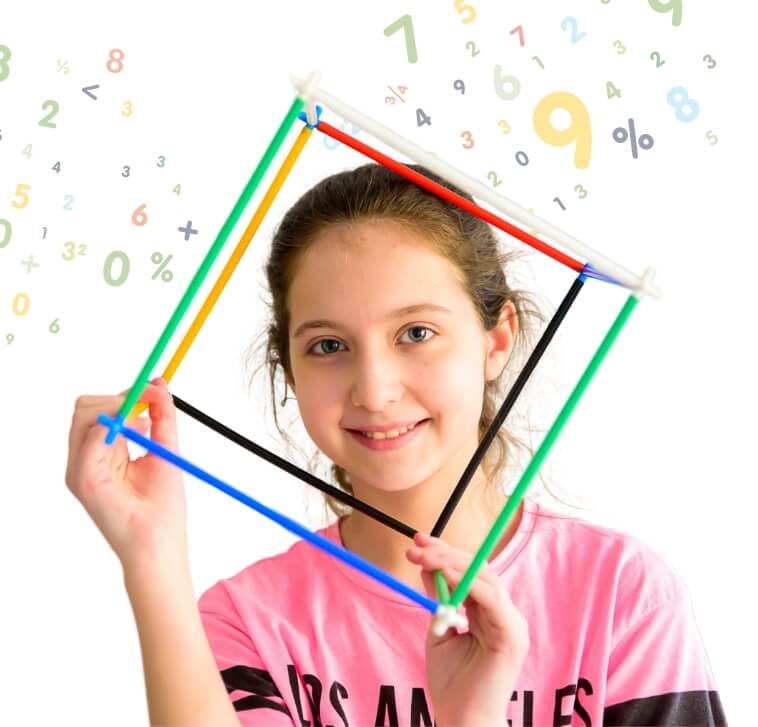Mind map explanation
The Mind Map is a tool invented by Tony Buzan for consolidating ideas and how the brain builds and connects them. Even Leonardo Da Vinci used mapping to chart his ideas! This MathRiders Junior Mind Map gives a holistic view of the elements that make up an actual MathRiders lesson.
Brain jogs (all ages)
Brain Jogs are quick and fun energizing activities that prepare a learner for thinking and coordination skills. Each activity uses movements that cross the midline and connects both brain hemispheres. When the brain hemispheres are connected, the student is able to use right brain creativity and left brain logic simultaneously. It is being proven more and more that an approach which integrates these two different activities of the brain leads to far more effective learning. Brain Jogs bring movement and learning together.
Musical activities: (younger ages)
The children do fun mathematical activities with percussion instruments in order to strengthen mental arithmetic abilities, inventive thinking and group dynamics, as well as non-verbal individual participation.
Hands on: (all ages)
Learning is dynamic for MathRiders Junior students. Students explore and investigate maths through age and developmentally appropriate hands-on activities and games. These include, interlocking cubes, measuring each other’s height using a non-conventional standard of measure (bricks, books or other objects) building a clock, colouring, comparing items, and many different ways to see mathematics in action. Once the hands-on activity has been done, it is time to express it in mathematical terms.
Self-expression: (all ages)
The child expresses himself as an individual as well as part of a group. During the core part of the lesson in which the child examines mathematical problems in a concrete, hands-on manner, he is encouraged to verbally express what he has discovered and to improve his manner of expression. His views and thoughts are respected and thus help build his self-esteem, legitimize his thoughts and strengthen his belief in himself. This, in turn, increases his motivational level, which, in turn, generates success. He verbally expresses the hands-on mathematical activity the group has just done, and together with the teacher, he and the group learn to transform this to ‘real world’ activity into a mathematical exercise on paper.
Written activities: (all ages)
All students, from Levels 1 through 6 have written workbook activities that mirror the lesson activity. The children work in unique workbooks in order to establish and strengthen their abilities and understanding of the numerals as opposed to verbal/mental arithmetic. The teacher is able to confirm that lessons and concepts are absorbed by each student. These written activities balance the lesson; in combining written activities with movement and play, knowledge is retained longer and students successfully learn maths. As the levels progress, students are challenged and receive lots of positive reinforcement to succeed.
Songs and stories
In levels 1 and 2, lessons contain songs relating to counting to help the child remember the basics of maths. Lessons for Levels 1 – 4 often end with a story that: depicts the life of a great mathematician, tells an aspect of the history of maths, or relates to mathematical concepts.
In this way, the child connects to the emotional side of the subject and is able to reflect on yet another facet of the world of mathematics.
Mind map explanation
The Mind Map is a tool invented by Tony Buzan for consolidating ideas and how the brain builds and connects them. Even Leonardo Da Vinci used mapping to chart his ideas! This MathRiders Junior Mind Map gives a holistic view of the elements that make up an actual MathRiders lesson.
Brain jogs (all ages)
Brain Jogs are quick and fun energizing activities that prepare a learner for thinking and coordination skills. Each activity uses movements that cross the midline and connects both brain hemispheres. When the brain hemispheres are connected, the student is able to use right brain creativity and left brain logic simultaneously. It is being proven more and more that an approach which integrates these two different activities of the brain leads to far more effective learning. Brain Jogs bring movement and learning together.
Musical activities: (younger ages)
The children do fun mathematical activities with percussion instruments in order to strengthen mental arithmetic abilities, inventive thinking and group dynamics, as well as non-verbal individual participation.
Hands on: (all ages)
Learning is dynamic for MathRiders Junior students. Students explore and investigate maths through age and developmentally appropriate hands-on activities and games. These include, interlocking cubes, measuring each other’s height using a non-conventional standard of measure (bricks, books or other objects) building a clock, colouring, comparing items, and many different ways to see mathematics in action. Once the hands-on activity has been done, it is time to express it in mathematical terms.
Self-expression: (all ages)
The child expresses himself as an individual as well as part of a group. During the core part of the lesson in which the child examines mathematical problems in a concrete, hands-on manner, he is encouraged to verbally express what he has discovered and to improve his manner of expression. His views and thoughts are respected and thus help build his self-esteem, legitimize his thoughts and strengthen his belief in himself. This, in turn, increases his motivational level, which, in turn, generates success. He verbally expresses the hands-on mathematical activity the group has just done, and together with the teacher, he and the group learn to transform this to ‘real world’ activity into a mathematical exercise on paper.
Written activities: (all ages)
All students, from Levels 1 through 6 have written workbook activities that mirror the lesson activity. The children work in unique workbooks in order to establish and strengthen their abilities and understanding of the numerals as opposed to verbal/mental arithmetic. The teacher is able to confirm that lessons and concepts are absorbed by each student. These written activities balance the lesson; in combining written activities with movement and play, knowledge is retained longer and students successfully learn maths. As the levels progress, students are challenged and receive lots of positive reinforcement to succeed.
Songs and stories
In levels 1 and 2, lessons contain songs relating to counting to help the child remember the basics of maths. Lessons for Levels 1 – 4 often end with a story that: depicts the life of a great mathematician, tells an aspect of the history of maths, or relates to mathematical concepts.
In this way, the child connects to the emotional side of the subject and is able to reflect on yet another facet of the world of mathematics.

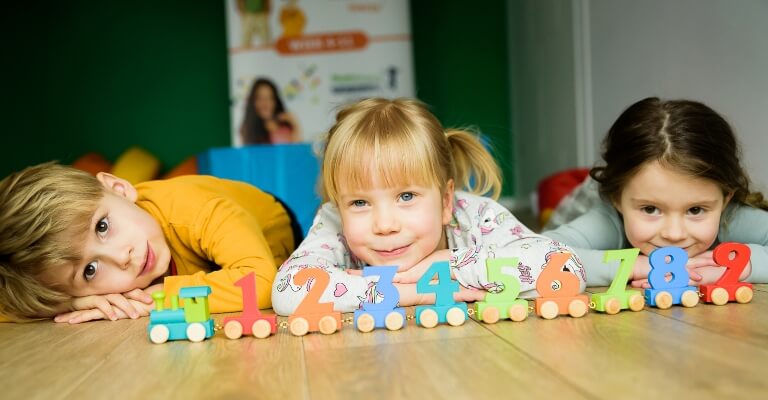

Години 3-5
Децата са родени математици!
Най-малките ученици на MathRiders изживяват математиката чрез света около тях. Малки класове, топла, грижовна среда и забавни учебни преживявания дават на децата на възраст 3-5 години перфектното интерактивно въведение в математиката!
Математика чрез игра
Играта е основният инструмент на детето за разбиране, анализиране и обработка на информация и знания за света около него. Чрез игра MathRiders изгражда солидна математическа основа, позволяваща на децата да практикуват, изследват и усъвършенстват уменията си за това, което започват да разбират. Ученето чрез игра дава на детето чувство за „притежание“ на идеи и следователно насърчава самочувствието.
Математика чрез движение и музика
Музиката и ритъмът предоставят на децата възможности да изследват основни понятия като съпоставяне, сравнение, модели, последователност, броене, позиция, пространство и т.н. Те улесняват ученето на математика чрез фокусиране на вниманието, подпомагане на емоционалното развитие на децата и усъвършенстване на тяхното разбиране на математическите концепции.
Себеизразяване и лидерство
Всяко дете се насърчава да се изявява като индивидуалност, както и като част от група. Този израз помага за изграждане на самочувствие, което повишава мотивацията и генерира успех.
Създаване на трайна основа
Математическите знания, които децата придобиват преди да започнат училище, могат да окажат значително влияние върху бъдещото представяне.
Предимства за вашето дете

Логическо мислене и умения за решаване на задачи

Символично и
пространствено мислене

Социални компетенции
и независимост

Подобрено внимание и концентрация

Трениране на паметта
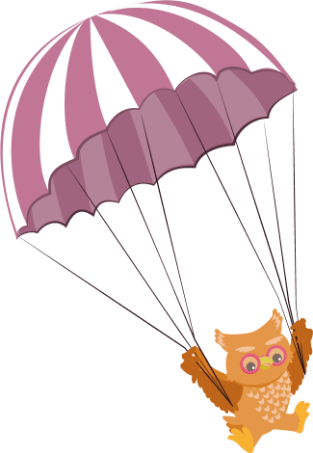
Научени математически концепции

Разбиране на числата и операциите стях
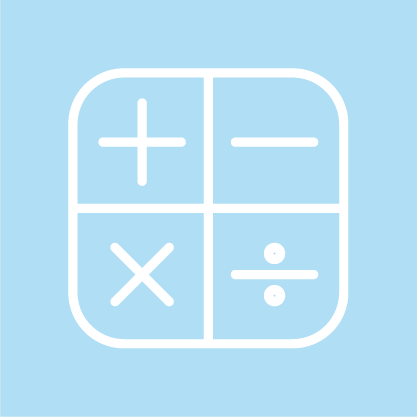
Алгебрично мислене

Измерване
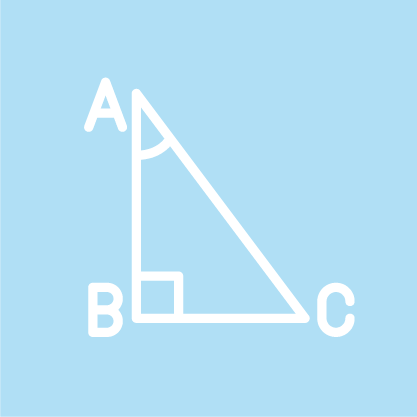
Геометрия
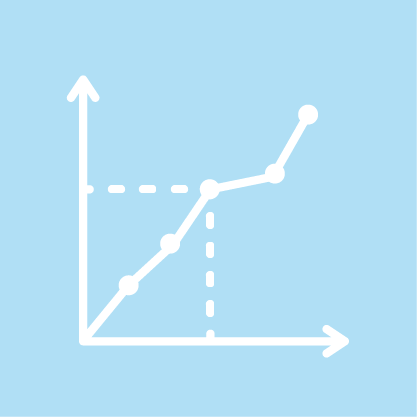
Обработка на данни
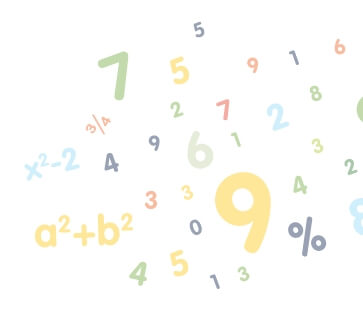
Курсове
Fun Boards
3 до 4 години
Никога не е твърде рано да започнете да учите математика! С курса Fun Boards децата ще започнат да се запознават с математиката чрез изследване на света около тях. Пътуването започва с вълнуващи дейности като: броене на играчки, изграждане с блокчета, свирене на музикални инструменти и др!
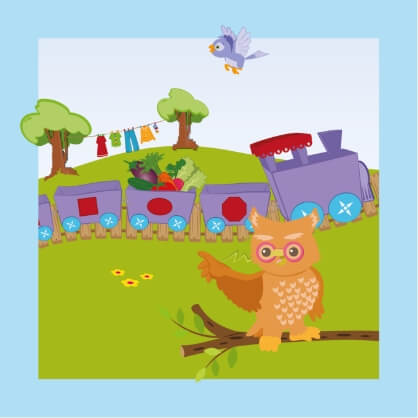
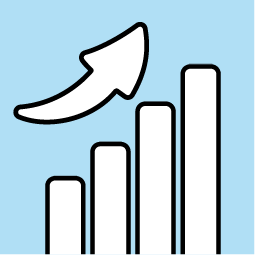
Ниво
Предучилищна детска градина
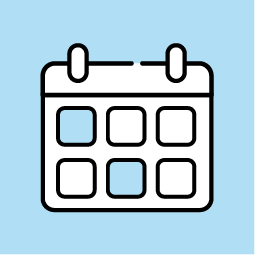
Брой уроци
40 урока
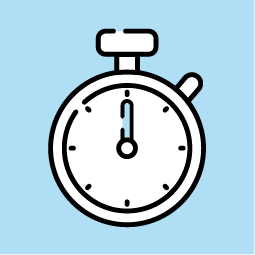
Продължителност на урока
30-45 минути
Учебни материали
Раница
2 Работни тетрадки
Helen Doron Stream
Теми
- Цели числа и броене до 10
- Понятия за събиране и изваждане
- Разпознаване на 2D форми, моделирането им с компоненти
- Понятия за измерване и сравнение
- Сортиране на обекти в две дадени категории, разбиране на модели
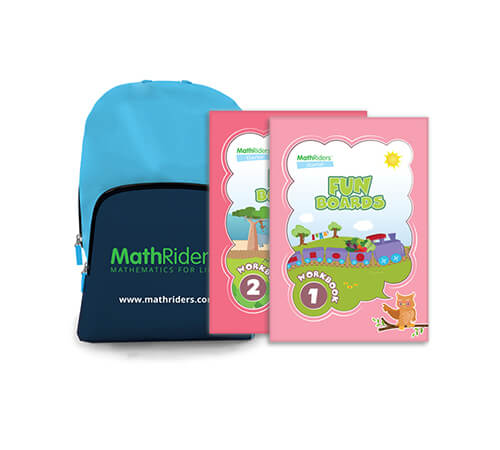
Учебни материали
Раница
2 Работни тетрадки
Helen Doron Stream

Basic
4 до 5 Години
Радостен начин да научите самите основи на математиката! С курса по основи на математиката децата ще изследват света около тях чрез игри и математически концепции: рисувайте и пейте числа, броете музикални ритми, измервайте предмети, проектирайте форми и много други.
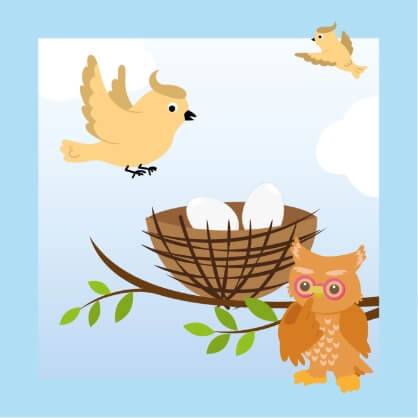

Ниво
Предучилищна детска градина

Брой уроци
40 урока

Продължителност на урока
30-45 минути
Учебни материали
Раница
2 Работни тетрадки
Helen Doron Stream
Теми
- Броене, подреждане, сравняване и записване на числата до 10
- Събиране и изваждане в рамките на 10
- Разпознаване на 2D и 3D форми в обекти от реалния живот
- Концепции за дължина, тегло, температура, капацитет, време и пари
- Сортиране на обекти в няколко зададени категории, възпроизвеждане и създаване на модели
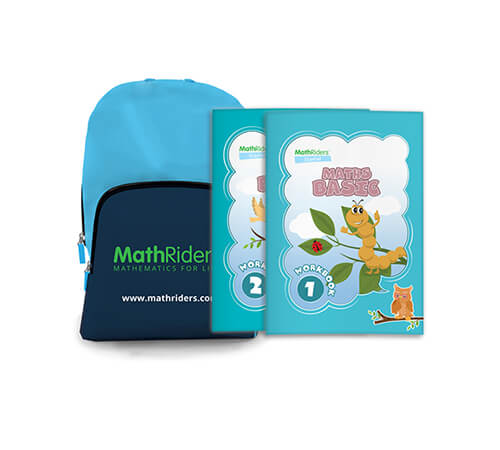
Учебни материали
Раница
2 Работни тетрадки
Helen Doron Stream


